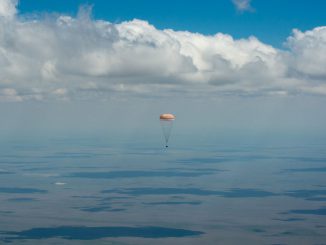
Picture This

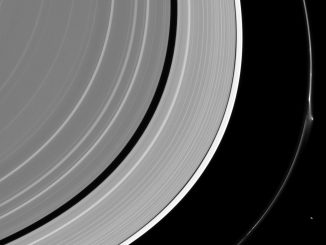

Hubble resolves globular cluster in the Large Magellanic Cloud
This NASA/ESA Hubble Space Telescope image shows the globular cluster NGC 1854, a gathering of white and blue stars in the southern constellation of Dorado. NGC 1854 is located about 135,000 light-years away, in the Large Magellanic Cloud (LMC), one of our closest cosmic neighbours and a satellite galaxy of the Milky Way.

Hubble captures scattered stars in Sagittarius
This colourful and star-studded view of the Milky Way galaxy was captured when the NASA/ESA Hubble Space Telescope pointed its cameras towards the constellation of Sagittarius. Blue stars can be seen scattered across the frame, set against a distant backdrop of red-hued cosmic companions. This blue litter most likely formed at the same time from the same collapsing molecular cloud.
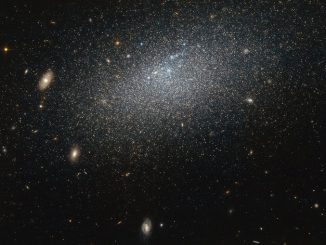
A mysterious solitary galaxy in Ursa Major
The drizzle of stars scattered across this image forms an irregular dwarf galaxy known as UGC 4879. Some 2.3 million light-years from its closest neighbour, UGC 4879’s isolation means that it has not interacted with any surrounding galaxies, making it an ideal laboratory for astronomers looking to understand the complex mysteries of starbirth throughout the universe.

Pluto’s “Twilight Zone” reveals its secrets
NASA’s New Horizons spacecraft took this stunning image mere minutes after closest approach on 14 July 2015. Seen here, sunlight filters through and illuminates Pluto’s complex atmospheric haze layers over portions of the nitrogen ice plains informally named Sputnik Planum, as well as mountains of the informally named Norgay Montes.
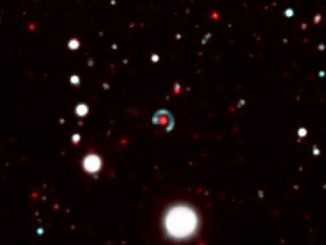
A new ‘Einstein ring’ is discovered
This unusual phenomenon, predicted by Einstein’s theory of General Relativity, was discovered by chance by doctoral student Margherita Bettinelli at the Instituto de Astrofísica de Canarias while analysing images of the Sculptor dwarf galaxy. The “Canarias Einstein ring” is one of the most symmetrical discovered until now and is almost circular.

Mercury and International Space Station transit the Sun
French astrophotographer Thierry Legault travelled to the suburbs of Philadelphia, USA to capture both the International Space Station and planet Mercury transiting the Sun on 9 May. This image includes multiple stacked frames to show the Station’s path in the fraction of a second it took to cross the Sun, while Mercury appears as a black dot at bottom-centre.
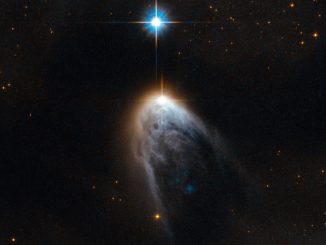
A golden veil cloaks a newborn star
In this NASA/ESA Hubble Space Telescope image, we see a young star breaking out. The golden veil of light cloaks a young stellar object known only as IRAS 14568-6304 in the Circinus molecular cloud complex. This stellar newborn is ejecting gas at supersonic speeds and eventually will have cleared a hole in the cloud, allowing it to be easily visible to the outside universe.

Hubble views heavy-metal stars
This 10.5-billion-year-old globular cluster, NGC 6496, is home to heavy-metal stars of a celestial kind! The stars comprising this spectacular spherical cluster are enriched with much higher proportions of metals (in astronomy, elements heavier than hydrogen and helium are curiously known as metals) than stars found in similar clusters.
